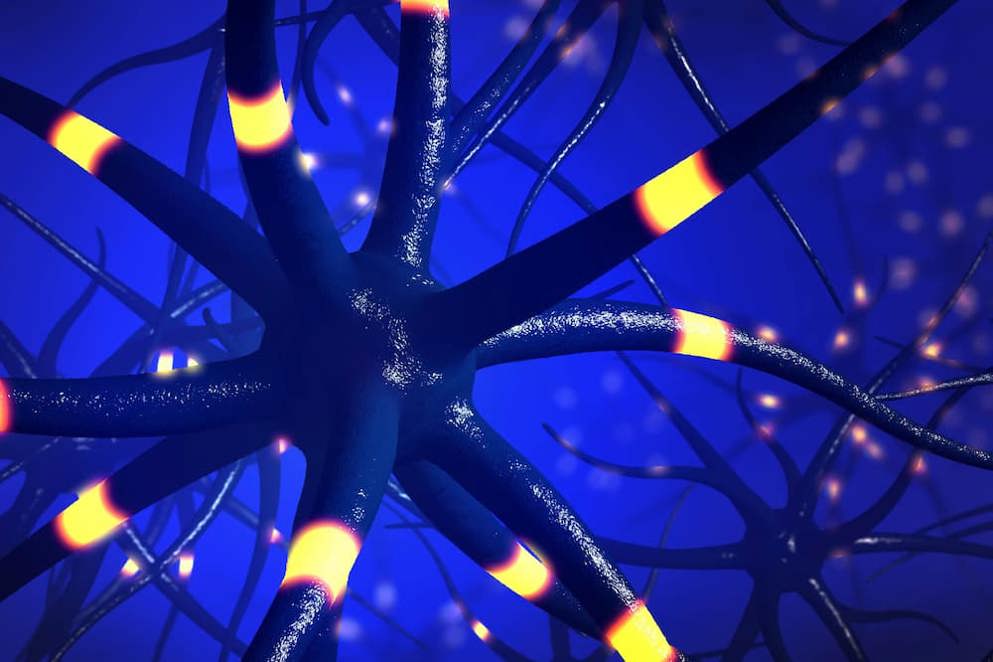Positive phase III results for Ocrevus twice a year, 10-minute subcutaneous injection in patients with multiple sclerosis
Genentech, a member of the Roche Group announced that the Phase III OCARINA II trial evaluating Ocrevus (ocrelizumab) as a twice a year 10-minute subcutaneous injection met its primary and secondary endpoints in patients with relapsing forms of MS or primary progressive MS (RMS or PPMS)
Ocrevus subcutaneous injection was shown to be non-inferior to Ocrevus given by intravenous infusion (IV), as measured by pharmacokinetics (levels in the blood) over 12 weeks. Ocrevus subcutaneous injection was also comparable with Ocrevus IV in controlling magnetic resonance imaging (MRI) lesion activity in the brain over 12 weeks. The safety profile of Ocrevus subcutaneous injection was consistent with that of Ocrevus IV.
The Ocrevus 10-minute injection is designed to be administered without the need for IV infrastructure so it has the potential to expand the usage of Ocrevus in MS centers without IV infrastructure or those with IV capacity limitations. It also retains the twice-yearly dosing regimen of Ocrevus IV that has shown high persistence and adherence since becoming a standard of care MS treatment. This provides an additional delivery option so that the administration of Ocrevus can be matched to the individual needs of patients and healthcare professionals.
“These results give people living with MS the possibility to receive the transformational benefits of Ocrevus in the way best suited to their lives while freeing up time and healthcare resources,” said Levi Garraway, M.D., Ph.D., Genentech’s chief medical officer and head of Global Product Development. “This new subcutaneous injection will allow Ocrevus to be administered in 10 minutes twice a year, helping people living with MS to spend less time in treatment for this disease.’’
Detailed results from the trial will be presented at an upcoming medical meeting and submitted to health authorities around the world.
About the subcutaneous formulation of Ocrevus (ocrelizumab):The investigational subcutaneous formulation combines Ocrevus with Halozyme Therapeutics’ Enhanze drug delivery technology. Ocrevus is a humanized monoclonal antibody designed to target CD20-positive B cells, a specific type of immune cell thought to be a key contributor to myelin (nerve cell insulation and support) and axonal (nerve cell) damage. This nerve cell damage can lead to disability in people with MS. Based on preclinical studies, Ocrevus binds to CD20 cell surface proteins expressed on certain B cells, but not on stem cells or plasma cells, suggesting that important functions of the immune system may be preserved.
The Enhanze drug delivery technology is based on a proprietary recombinant human hyaluronidase PH20 (rHuPH20), an enzyme that locally and temporarily degrades hyaluronan – a glycosaminoglycan or chain of natural sugars in the body – in the subcutaneous space. This increases the permeability of the tissue under the skin, allowing space for large molecules like Ocrevus to enter, and enables the subcutaneous formulation to be rapidly dispersed and absorbed into the bloodstream.
Ocrevus IV is the first and only therapy approved for the treatment of adults with either RMS (including relapsing-remitting MS [RRMS] and active secondary progressive MS [SPMS], in addition to clinically isolated syndrome [CIS]) and PPMS. Ocrevus IV is administered by intravenous infusion every six months. The initial dose is given as two 300 mg infusions given two weeks apart. Subsequent doses are given as single 600 mg infusions.

